Transient Response
Transient response in power supplies refers to how quickly and effectively the PSU stabilizes its output voltage during sudden changes in load demand, such as when a CPU or GPU increases its power draw. It’s measured by the time and voltage deviation during these shifts. A faster, smaller transient response ensures stable power, preventing instability and component damage.
20% Load – 20ms
| Advanced Transient Response 20% - 50 Hz - No Caps | ||||
| Voltage | Before | After | Change | Pass/Fail |
| 12V | 12.042V | 11.937V | 0.87% | Pass |
| 5V | 5.100V | 5.024V | 1.50% | Pass |
| 3.3V | 3.400V | 3.275V | 3.67% | Pass |
| 5VSB | 5.047V | 5.009V | 0.76% | Pass |
50% Load -20ms
| Advanced Transient Response 50% - 50 Hz - No Caps | ||||
| Voltage | Before | After | Change | Pass/Fail |
| 12V | 12.008V | 11.896V | 0.93% | Pass |
| 5V | 5.091V | 5.002V | 1.74% | Pass |
| 3.3V | 3.392V | 3.259V | 3.92% | Pass |
| 5VSB | 5.024V | 4.967V | 1.14% | Pass |
The transient response at normal loads is good on all rails.
Transient Response ATX v3.1 Tests
[Note] For PSUs without a 12+4 pin connector, the maximum applied load for the transient response tests is 150%, rather than 200%.The PSU passes all ATX v3.1 transient response tests, but it is barely passing at the 200% transient response load.
The 12V rail’s performance is low in these tests.
Pages:
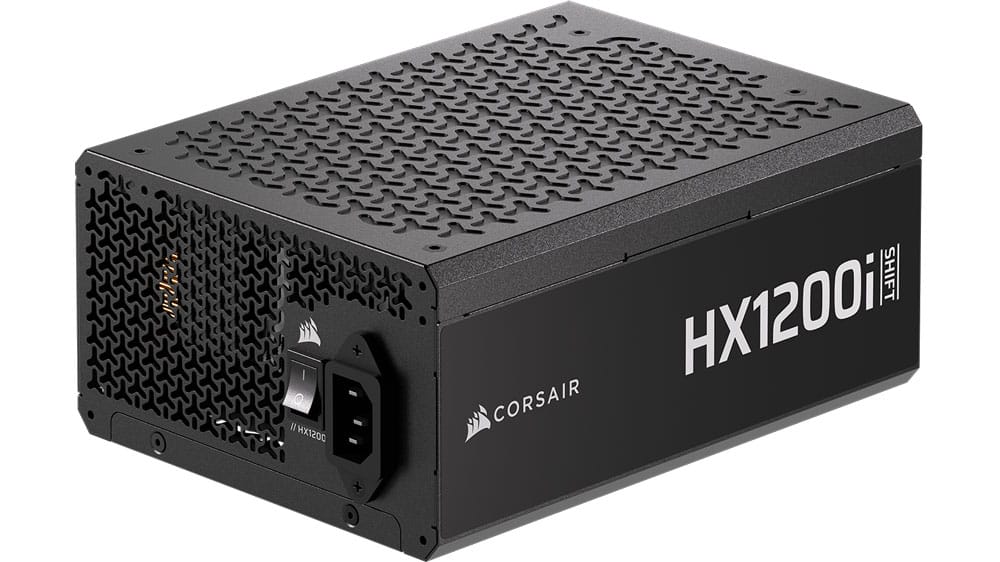
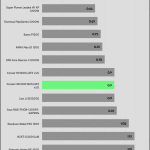
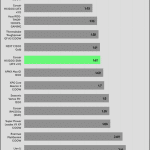
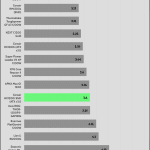
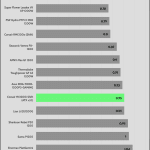
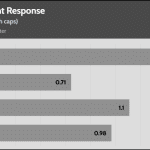
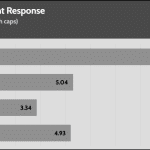
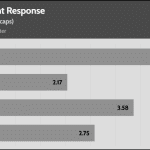
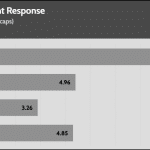
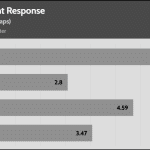
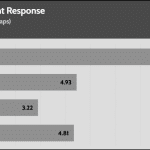
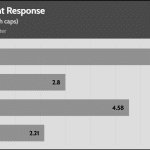
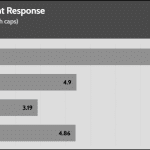
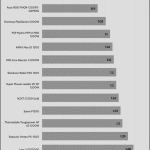
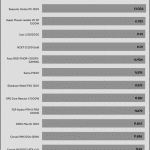
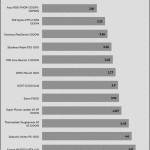
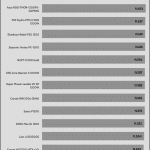
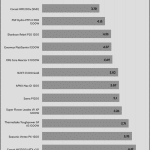
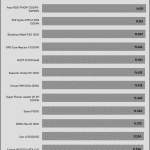
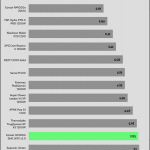
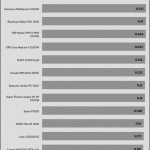


3rd page: *cooling fan is a Corsair NR140(H)P
newer model probably?
Next up is the flagship hxi1500 shift?
I have some issues with my review sample, working for new ones.
So the testing will be delayed?
a little bit yes